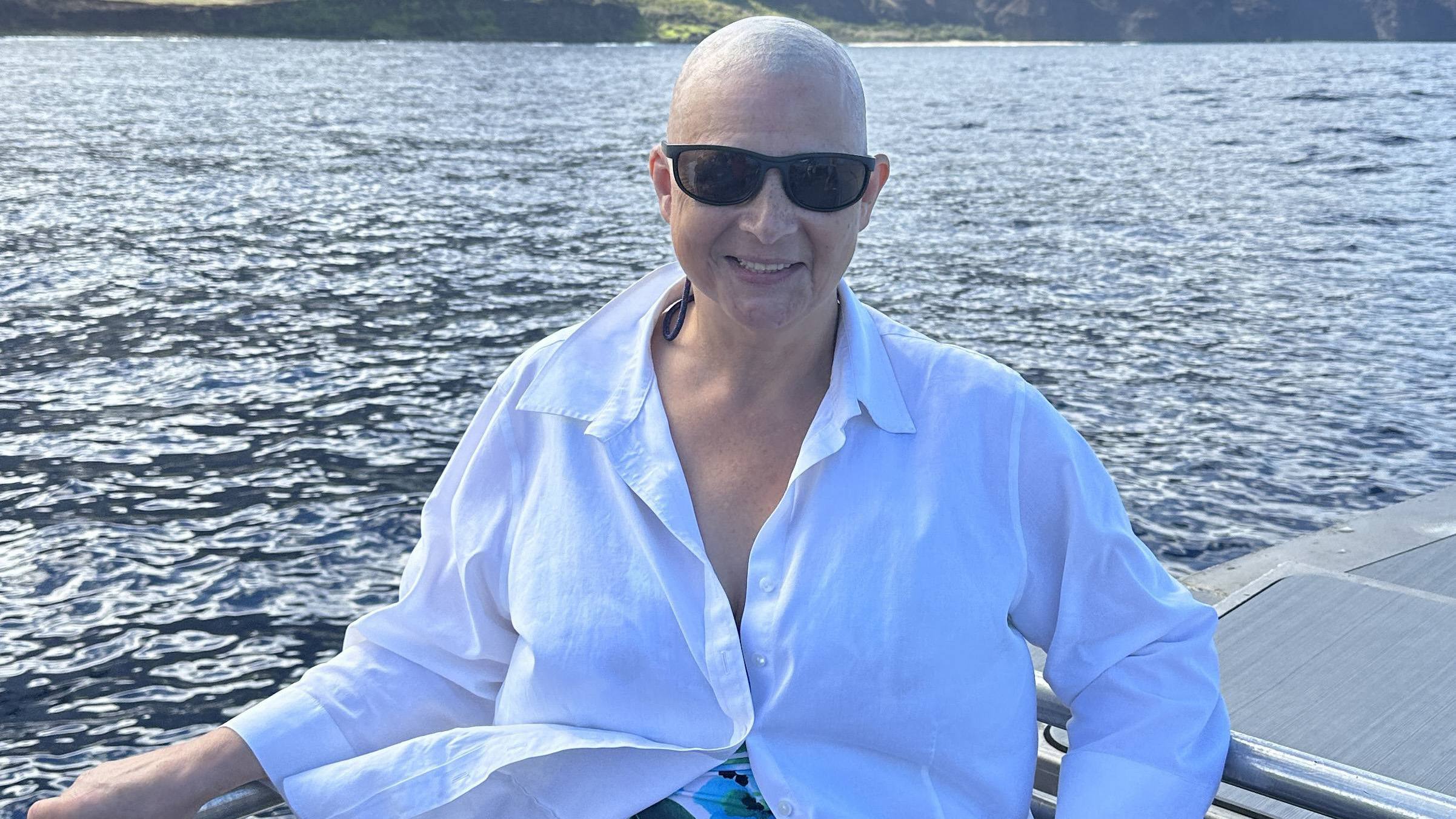Arizona

December 16, 2024
There is new hope in the fight against glioblastoma, the deadliest and most aggressive form of primary brain cancer. Currently there is no cure, but[...]
February 20, 2015
February 16, 2015
February 3, 2015
Explore more topics
 Sign up
Sign up

Mayo Clinic Connect
An online patient support community
